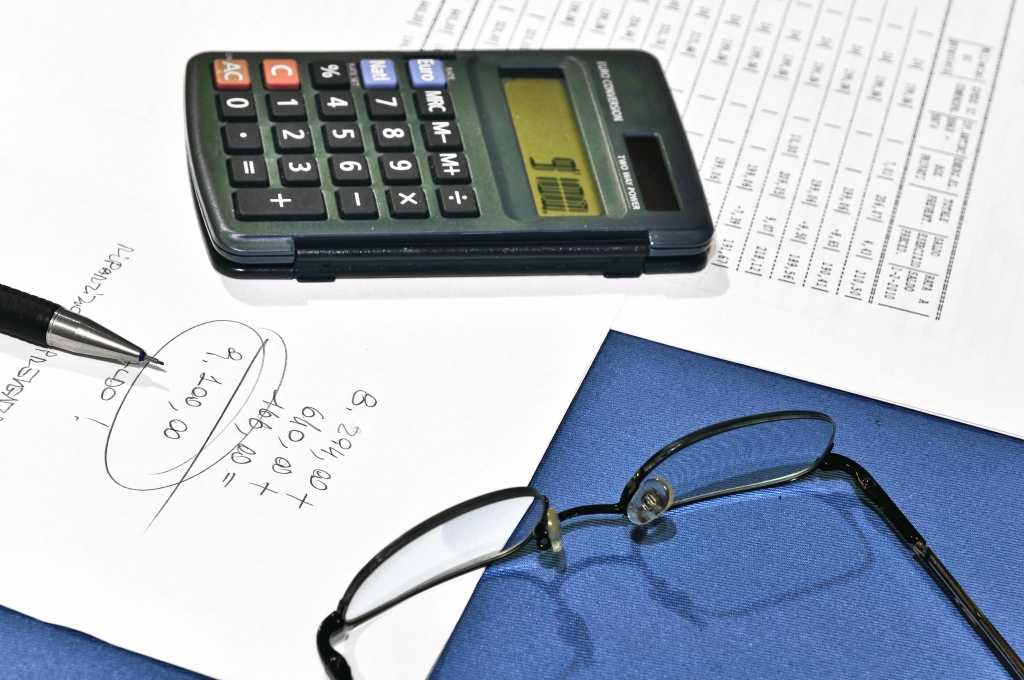
Purchases on credits are any purchase of products or services that the entity takes the products or users the services now and pays later. The accounting principle required the entity to record all of those transactions as liabilities. If there is a small number of transactions of credit purchases, then the entity might record What is bookkeeping the purchase journal together with other transactions. A purchase journal is a special journal that uses to record all of the transactions related to purchases on credit. So, any purchase of equipment or office supplies should never be posted into the purchase account. Otherwise, there will be a misstatement in the calculation of the cost of goods sold at the end of the period.
Get in Touch With a Financial Advisor
- Each day, individual purchases should be posted to the vendor’s account in the accounts payable subsidiary ledger.
- Hence, unlike in the perpetual system, the company cannot check how much balances the inventory has immediately after adding the $5,000 of purchase on October 12, 2020.
- The accurate recording of inventory purchases is fundamental to effective inventory management and financial reporting.
- Purchase journals are special journals used by an organization to keep track of all the credit purchases.
- In this journal entry, there is no purchase account and the amount of purchase directly goes to the inventory account by adding to the inventory balances.
- It should be noted that the purchase journal only includes credit purchases from suppliers and does not for example, include cash purchases or purchase returns.
If the goods are not available, the purchasing team will identify the supplier who specializes in needed goods, and they will place the order. Once the order has arrived, they will check that it matches the required description and quantity matches what was requested. Once the purchasing department confirms that goods have been received, the invoice goes to accounts for payment. Besides these specific journals, accounting teams also use a general journal. A general journal tracks transactions that do not fall into one of the four categories.
How do you record an inventory purchase in accounting?

Inventory purchases represent the acquisition of goods that a business intends to sell. These transactions not only affect the company’s current assets but also have implications for its cost of goods sold (COGS) and, ultimately, its gross profit. Upon payment of goods purchased in Cash, cash balance reduces, therefore the asset account is credited according to the Rules of Debit and Credit. So Cash A/c would be credited, purchase journal entry as a reduction in an Asset account is credited. Since your purchase journal entry won’t account for the interest you pay on the one-year note, you’ll need to add a separate entry to account for that interest.
- These entries would then be totaled at the end of the period and transferred to the ledger.
- To start, identify the asset or expense account that will be affected by the purchase.
- So, any purchase of equipment or office supplies should never be posted into the purchase account.
- For example, you receive a refund for returning a purchase or adjusting an expense amount.
- Obviously, if you don’t know a transaction occurred, you can’t record one.
Would you prefer to work with a financial professional remotely or in-person?

When implemented carefully, a sound system will help in just-in-time purchases, which will lead to saving in time and money. Also, the purchase analysis extracted from these journals helps negotiate new contracts. Purchase journals also help in Creditors management, tracking returned goods status, credit notes, and updated ledger balances of Suppliers, all of which are required for a business Bookstime to be successful and up to date.

If these are the only transactions recorded in the purchases journal, then the journal is similar to the one shown in the example below. Again, since your equipment is classified as a business asset, your total asset value increases, so it’s highlighted in the debit column. And since notes payable are liabilities, and your total liability increases, the amount is credited to the journal entry. These entries help in recognizing the expenses and revenues that have occurred but haven’t been recorded yet. It is important to make sure that these transactions are accurately accounted for, as they can significantly impact the financial statements. Recordings of these transactions should be following the debit and credit roles.

